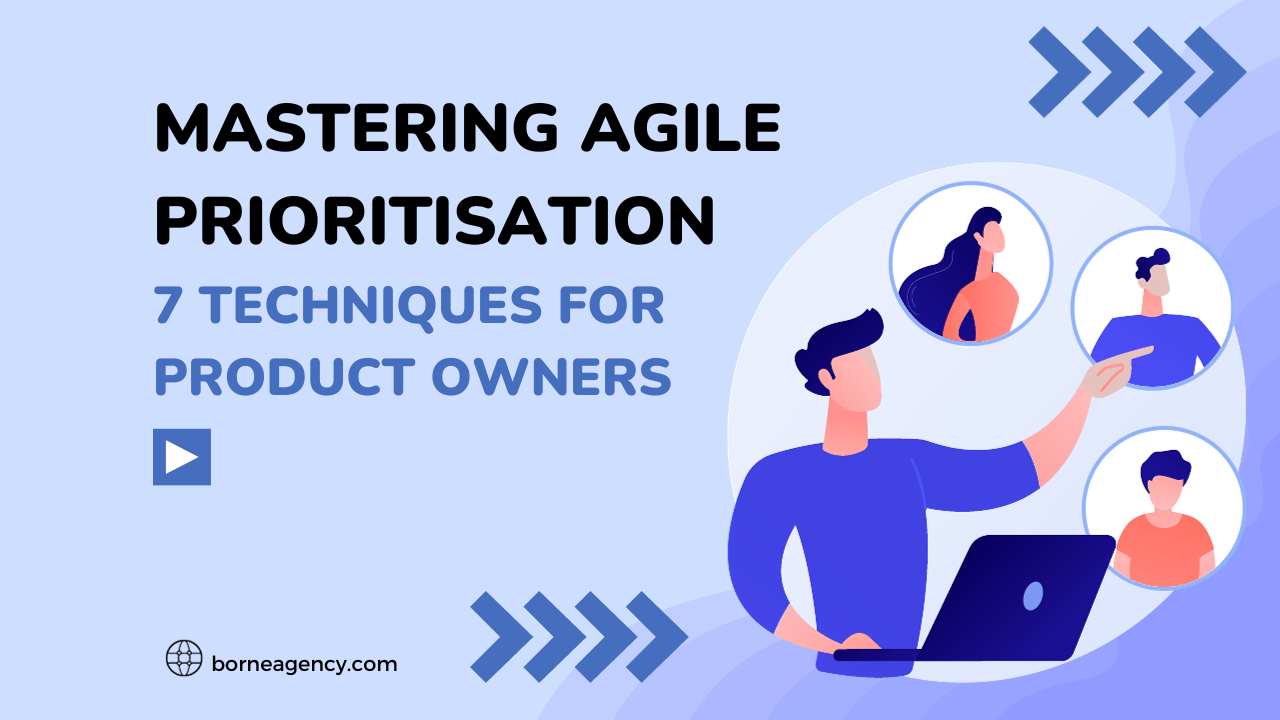Jan 14 - 6min readThe MVP of Your MVCP: Creating Your Minimum Viable Content StrategyBy Launchbase
At Launchbase, we know that it is fundamental to establish an online presence and devising a content strategy. This may seem like a daunting task, especially if you just launched your MVP or started your business. Questions like, “Where do I start?” and “Is this valuable to spend time on for my business?” start floating around – and don’t you worry, we will get to those!
This week, we have outlined a Minimum Viable Content Strategy for those of you who are looking to dip your toes into the content creation process by focusing on proven tactics without purchasing multiple expensive tools or overanalysing data.
First Off, What Is a Content Strategy?
Content strategy is researching and creating content that supports your company goals, which should align with ways to reach and engage the target buyer audience of your digital product. In this case, we are talking about the content you have on your website – blog posts, copy, case studies, testimonials and video content.
Why Is This Important?
87% of people conduct their own online research before reaching out to buy or speak to someone. This tells us what we as entrepreneurs need to be prevalent at the earliest stage of a user’s journey. In some cases, this means before users have even realised they have a need for your product. At Launchbase, we want to create content that draws your audience in and increases your discoverability online, so when people have the need, they can find your product. Tailoring your content strategy to search engine optimisation (SEO) is beneficial to long term sustainability and has compound returns – this means that the sooner you start, the stronger your site will become.
Creating meaningful content will make you stand out as a thought leader in your niche. It will showcase your expertise and builds a name that people can trust. As entrepreneurs, having robust content on your website can also be a good signal to investors as this shows a healthy and modern business. Subscribe to our CEO’s podcast Launch Base for more tips on what will make your business stand out to investors.
The steps towards creating a Minimum Viable Content Strategy have the secondary benefits of helping you better understand your audience –
The steps towards creating a Minimum Viable Content Strategy have the secondary benefits of helping you better understand your audience – a very valuable tool for any entrepreneur. You’ll learn what your potential customers are searching for, what they care about, pain points, and trends in the industry, which can influence your entire business and product strategy.
Getting Started on Your Website Content Strategy:
We know all this information can be a lot to take in at once. We should approach our first take through a product development lens and create our Minimum Viable Content Strategy:
Like our approach to developing your Minimum Viable Product, these six steps should take you from ideation to prototype:
-Set your objective and vision
-QUICK audience research
-Understand current website strengths and weaknesses (if you have one)
-Define your specific goals
-Execute and Analyse
Step 1: Set your objective and vision
In other words, what do you want to achieve with your content? Are there any business goals that a content strategy could help support? Here are some examples of objectives that we at Launchbase have come across:
-Lead funnel building – Attract potential customers to the site and convert them
-Brand awareness and thought leadership – Be the go-to resource for educational content for potential users.
-Proving to investors and your industry you are building a new category of solution or disruption to an existing industry.
-Showcasing engineering leadership to attract potential job candidates.
You may have noticed that all the listed objectives mention the target audience. The next step is to clearly define who that audience is for you, and researching what is important to them. This will allow you to provide content that’s valuable to them.

Step 2,3: QUICK audience research and strengths & weaknesses analysis
Let’s say that your target audience is potential customers. Hopefully, you have some idea of the profile of that person. If not, you need to take this opportunity to do that! Our team create a persona for your user and then we do some research to correct these assumptions to build a more accurate profile.
New Company, new site
If your target audience for example is a CFO, but you don’t have an audience or customers you can survey, we can do some online research.
-We start by researching some of the companies in the financial space who have a large following and are perhaps aspirational to your brand. We do this by looking at search queries that attract the biggest audiences to the site.
-Our team will check out CFO conferences and see what the talks are about.
-We can see if there are trending CFO-related hashtags on social media. This gives us a relevant starting point of relevant topics for your target.
Existing company, existing site
If your company for a while, hopefully, you’ve been collecting some valuable SEO information through Google Analytics or another search engine optimization and analytics tools. If this is the case, we recommend looking through your search queries in Google Search console.
Step 4: Define your specific goals
A content strategy takes a significant amount of time to realise ROI from, so it can be challenging to attach concrete metrics of success such as revenue. However, you can and should, set benchmark goals that make sense for your next content push or period.
For example, during the research phase of your product, let’s say we identified the following insights:
Identified top-performing keywords on your site
Identified that free templates performed well on competitor sites
In the forums, learned that there’s a big regulation change happening next year in the industry
To start your content plan, create goals for these top insights that are measurable and time-bound:
-Identified top-performing keywords on your site
Goal: Increase the average position of each keyword by X
Method: Create 1 blog post for each keyword by end of Q1
-Identified that free templates performed well on competitor sites
Goal: Create a template that shows page 1 of Google search
Method: Create a relevant template for the audience by end of Q1
-In the forums, learned that there’s a big regulation change happening next year in the industry
Goal: Rank for this regulation search term
Method: Write 1 blogpost by end of Q1
Method: Create a how-to video hosted on-site by end of Q1
To get started, it often makes sense to prioritize this brainstorm output by high impact, lower effort methods. But the bonus is that you now have a bunch of great content ideas to keep working on.
Step 5: Execute and Analyse
In the examples that we gave earlier, we used a quarterly time frame to frame the content creation process. However, you might want to work even faster and set monthly goals. The important thing to remember is to get quality content out that you can reasonably assume will improve your site’s performance and provide value to your target audience.
After the timing in your goals has passed, assess how your team did. How many goals did you hit? Which ones were the most difficult? Which pieces of content performed the best? Do you need a platform in place to help you measure other goals in the future? The first iteration of a content strategy usually means that there is loads of room to grow so take this as an opportunity to learn and keep the goals that make sense and ditch the ones that don’t!
Great job! You now understand your audience, measurable goals, and strategic direction influencing content creation around your product. This is a great start, but now it needs to be said that this research should be repeated. Content strategy, like digital product development, is iterative. You need to repeat these steps to refresh your buyer personas, create new goals and get new ideas for developing great content centred around your product!



